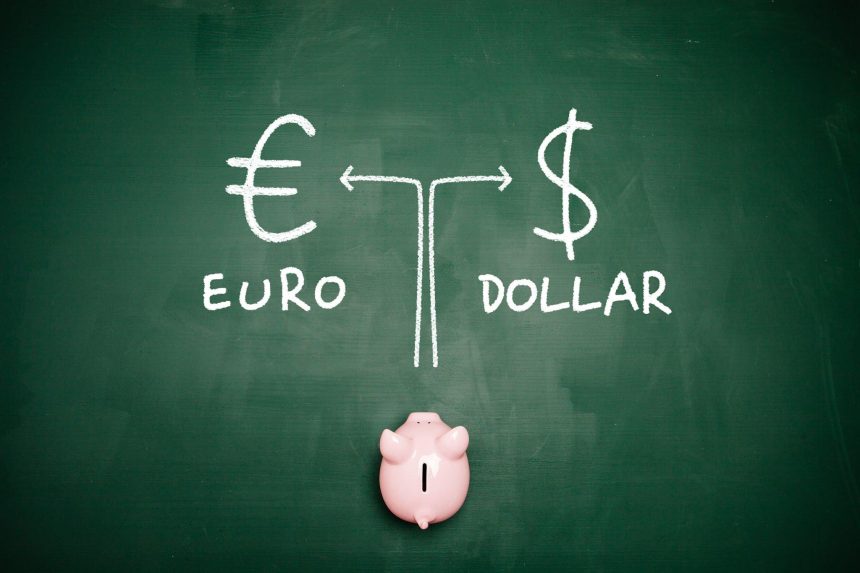EURUSD falls for the second day in a row on robust USD demand.
The EURUSD pair is under significant selling pressure on Wednesday. Falling to a one-week low during the first part of the European session. Spot prices, on the other hand, show some resistance below the 1.0800 level. And have rebounded a few pips in the last hour. Though a major recovery appears elusive in the aftermath of a strong rise in US Dollar (USD) demand.
Hawkish Fed predictions and a cautious mindset bolster the safe-haven dollar.
Investors now appear persuaded that the Federal Reserve will wait until June. Before lowering interest rates, policymakers will meet. This, combined with a shift in global risk perception, boosts the safe haven greenback.
However, a further drop in US Treasury bond yields may discourage USD bulls from taking aggressive wagers. This, together with reduced expectations for a more rapid reduction in borrowing costs. By the European Central Bank (ECB), could offer support to the shared currency. And limit the EURUSD pair’s downside. Investors may also want to remain on the sidelines ahead of key inflation data from the Eurozone and the United States. The flash CPI estimates from Germany, France. And Spain are scheduled to be released on Thursday. Ahead of the US Personal Consumption Expenditures (PCE) Price Index.
This will be followed by Eurozone inflation data on Friday. Which will boost the shared currency and provide some traction for the EURUSD pair ahead of the ECB meeting on March 7. Meanwhile, traders on Wednesday will take cues from the preliminary US Q4 GDP print. Which, together with statements by important FOMC members, should help to provide short-term opportunities around the EURUSD pair.
Daily Market movers: EURUSD Bears seize intraday control amid sharp uptick in USD demand.
The Federal Reserve’s aggressive interest rate stance, along with a cautious market sentiment, lifts the safe-haven US Dollar and drives the EURUSD pair lower for the second consecutive day on Wednesday.
Fed Governor Michelle Bowman said on Tuesday that she was not in a hurry to drop interest rates, and that slower-than-expected inflation growth had made policymakers cautious regarding monetary policy stance. This supports predictions that the US central bank will wait until June to drop rates, dampening investors’ appetite for riskier assets ahead of Thursday’s US Personal Consumption Expenditure Price Index release.
Meanwhile, the approaching US government shutdown and Tuesday’s lackluster announcement of US Durable Goods Orders have minimal impact on the USD rally, albeit falling US Treasury bond yields may limit gains.
US President Joe Biden urged Congress leaders to move fast and highlighted the importance of finding a solution to avert a damaging government shutdown as a legislative logjam showed no signs of abating.
The US Census Bureau stated that orders for long-lasting US manufactured goods fell by 6.1% in January, the largest in nearly four years and worse than the expected 4.5% drop.
Separately, the Conference Board’s Consumer Sentiment Index dipped to 106.7 in February following three months of gains amid concerns about a possible recession, despite falling inflation predictions.
Furthermore, the Richmond Fed’s Manufacturing Index posted a negative rating. For the fourth consecutive month, but it improved to -5 in February from -15 the previous month.
Reduced betting on more aggressive ECB rate cuts may limit further losses.
EURUSD Traders have trimmed back their bets on the European Central Bank’s quick drop in borrowing costs. And now predict less than 100 basis points of rate cuts this year, down from about 150 bps at the beginning of February.
The market is focused on country-level consumer inflation data from Germany, France, and Spain. Which will be released on Thursday. These statistics will be followed by the Eurozone region’s flash CPI print on Friday.









